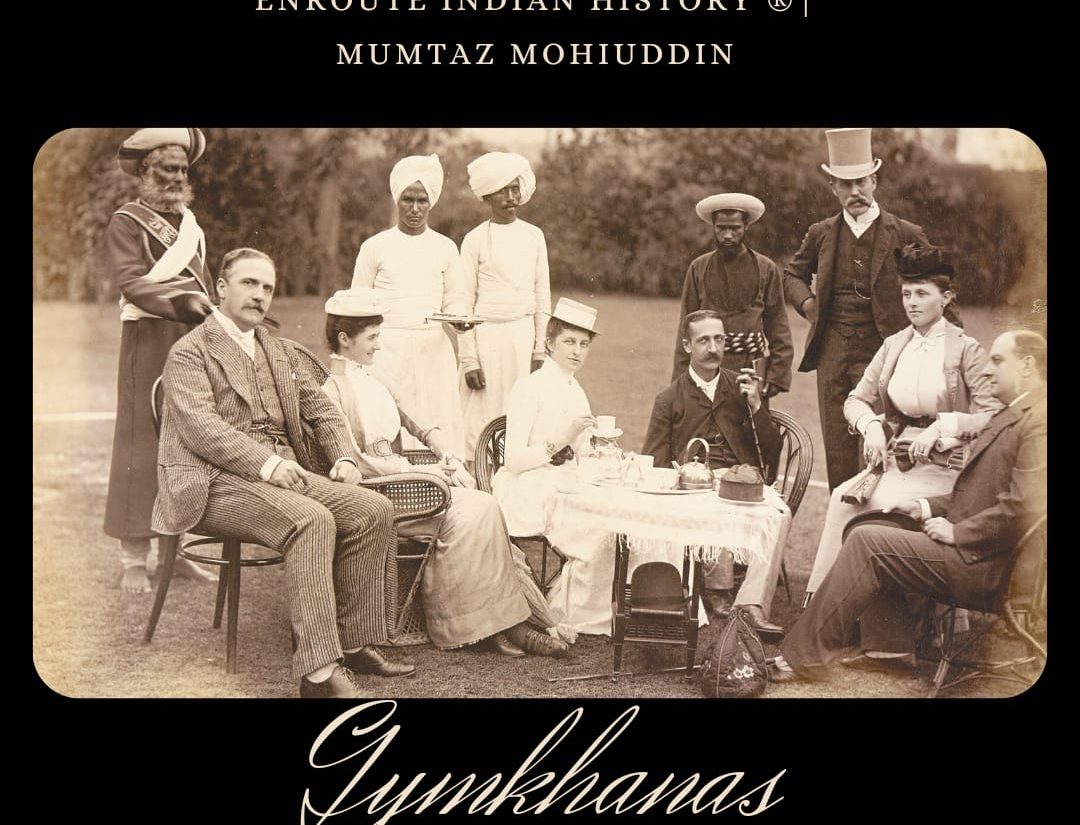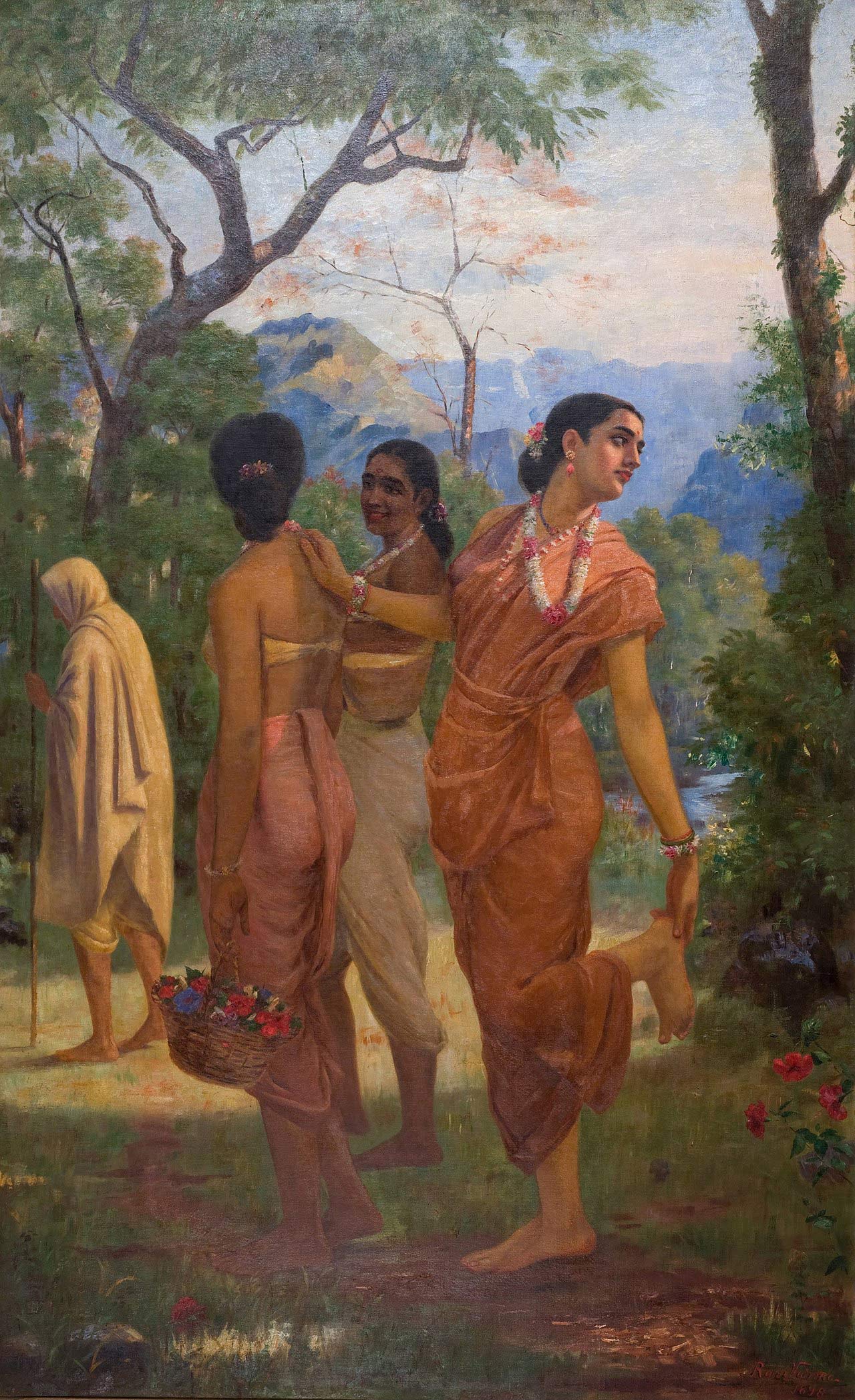
Article Written By EIH Researcher And Writer
Mumtaz Mohiuddin
‘Gymkhana’ became a visible cultural symbol during British Raj for privilege, leisure, class and luxury. The etymology of the word is confusing and Hobson – Jobson Dictionary (1886) states that the word is fairly ‘modern’ used only forty years before the dictionary was compiled. The word is either the corruption of ‘gend-khana’ (racket court) or ‘jamat-khana’ (assembly hall).
British constructed several of the gymkhanas around the country starting with the historical Bombay Gymkhana (1872). Initially, there were several separate clubs for different sports such as cricket, rugby, polo, until a single club for all was envisioned. The Jorhat gymkhana club which was established in 1876 by D. Slimmons has Asia’s oldest nine hole golf course. Similarly, the Madras Gymkhana Club (1884) has one of the oldest eighteen hole golf course in the Asia. The clubs provided similar facilities such as siesta room, cloak room, changing room, dining area, race course, paddock, grandstand, tennis lawn, horse races. Several sports and events were held in these clubs such as polo, golf, cricket, and swimming. On special events, tents were erected for viewing of polo matches, pig sticking, trap shooting, and rugby.
These clubs also served exclusive meals that earned them popularity for its signature dishes such as ‘club sandwich’ of Delhi Gymkhana Club, ‘prawn curry’ of Madras Gymkhana Club, and much recently ‘Egg Khejriwal’ of Willingdon Club, Mumbai. The Anglo – Indian, British Raj cuisine was a development of Dak Bungalow menu, army canteens and Railway kitchen. Obviously, the clubs had layered racial seclusion with Europeans only and later entry to upper class Indians with pockets deeper than diamond mines. The membership of the Gymkhana club still remains exclusive and it is this sense of selection that still creates a sense of awe and grandeur in minds of public.




















